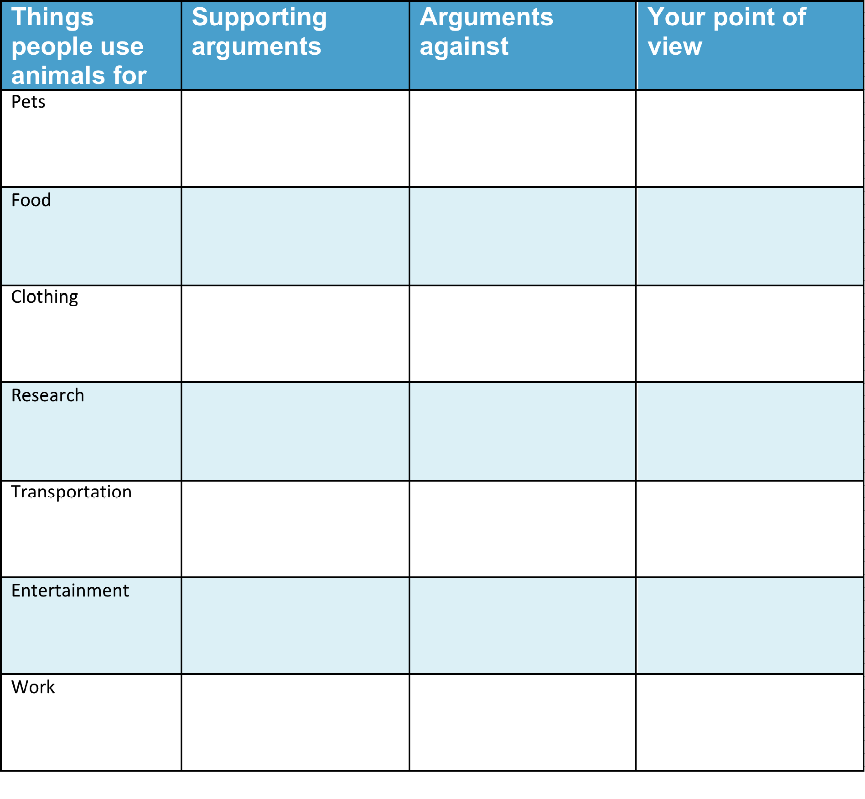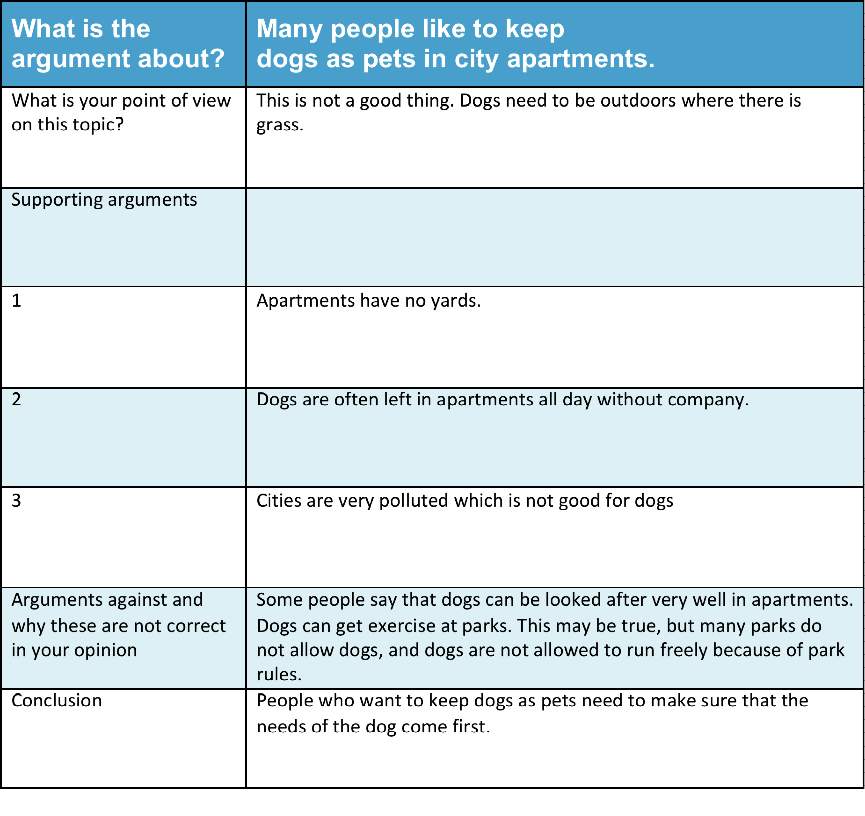Information for Teachers
Curriculum links
Australian Science Standards
NDS (ACSHE081) Science provides the basis for decision-making in many areas of society and that these decisions can impact on the Earth system
UIS (ACSHE083) Scientific knowledge is used to solve problems and inform personal and community decisions
New Zealand Science Achievement Objectives
LW: The key structural features and functions to the life processes of plants and animals
NS: Scientists’ investigations are informed by current scientific theories and aim to collect evidence that will be interpreted through processes of logical argument
Helpful websites
You may want to direct your students to some or all of these websites to help with their investigations.
Students can find out about the history of domesticating animals at:
https://www.nationalgeographic.org/encyclopedia/herding/?utm_source=BibblioRCM_Row
https://www.nationalgeographic.org/encyclopedia/domestication/
They can look at different organizations that are concerned with animal rights or use, e.g. PETA or ASPCA, and also visit:
https://www.worldanimalprotection.org.au/take-action
An argument in favor of farming and eating animals can be found here:
https://www.huffingtonpost.com/jenna-woginrich/if-you-care-about-farm-an_b_785571.html
Arguments about how animals should be treated can be found here:
https://www.worldanimalprotection.org.au/take-action
A discussion about using animals for research can be read here:
https://www.yourgenome.org/debates/should-animals-be-used-in-research
Helpful search terms include: animal welfare, animal rights, ethical treatment of animals, animals and research.
How to search the internet
1 Keep your request short
Fewer words will give a more accurate search.
2 Choose exactly what you want
For example: Arctic Circle Climate
3 Use quotes
Double quotes around a set of words tell the search engine to consider those exact words in that exact order without any change. For example: “Arctic Circle Climate”
4 Use the plus sign (+)
If you add a plus sign (+) between words, the internet will search for all the words. For example: migrate+birds+whales+mammal
5 Use the minus sign (–) to say what you don’t want
Use a minus sign (–) to show words you do not want to appear in your results. For example: if you search for burrowing animals and do not want mammals in your search, –mammals will exclude mammals. Note that you need to put a space before the minus sign for the word to be excluded.
6 Be very clear about what you don’t want
Part 1
Ask questions and make predictions
After reading Animals and Us, you will know about the long and complex relationships that have developed between humans and animals.
List your questions
- Compare your list with questions that others have.
- Choose a question you would like to investigate.
- You can work alone, with a partner, or in a small group.
You may want to choose one or more of these questions to investigate
Q1. Should people keep animals for profit or research or entertainment? If so, which things are okay? What should the rules about keeping and using animals be?
Q2. How do people see the place of animals in our world? Why are some animals considered to be good (e.g. dogs) and others bad (e.g. mosquitos)? Do you agree?
Go to Part 2 Plan and investigate →Part 2
Plan and investigate
Do searches in the internet or in books or talk to people who can help to find the information you are looking for.
Your teacher may suggest suitable websites for further information.
Go to Part 3 Record and analyse data →Part 3
Record and analyse data
Find a way of recording your information that will allow you to see any patterns in the data.
Think about how you feel about the arguments either in support of or against a point of view. Remember there are many strong opinions in this area.
Data Chart for things people use animals for
 Download Chart
Download Chart
Go to Part 4 Evaluate the information →
Part 4
Evaluate the information
1. Look over the information you have gathered and the patterns you have found.
Do you agree or disagree with the points of view you have come across?
Do you totally agree or are there some aspects about which you disagree?
2. Search for other patterns.
3. Makes notes about what you find.
Go to Part 5 Communicate and share ideas →Part 5
Communicate and share ideas
Look over all of the information that you have gathered in your investigation.
What are the most important ideas about your topic?
Write an argument about the question you have been investigating.
You could use the following structure to help you to put your argument together.
Share your argument with others. Ask: Do you agree or disagree with my point of view?
What reasons can you give to support your point of view?
Remember to be respectful of other points of view.
 Download Chart
Download Chart
← Return to menu
